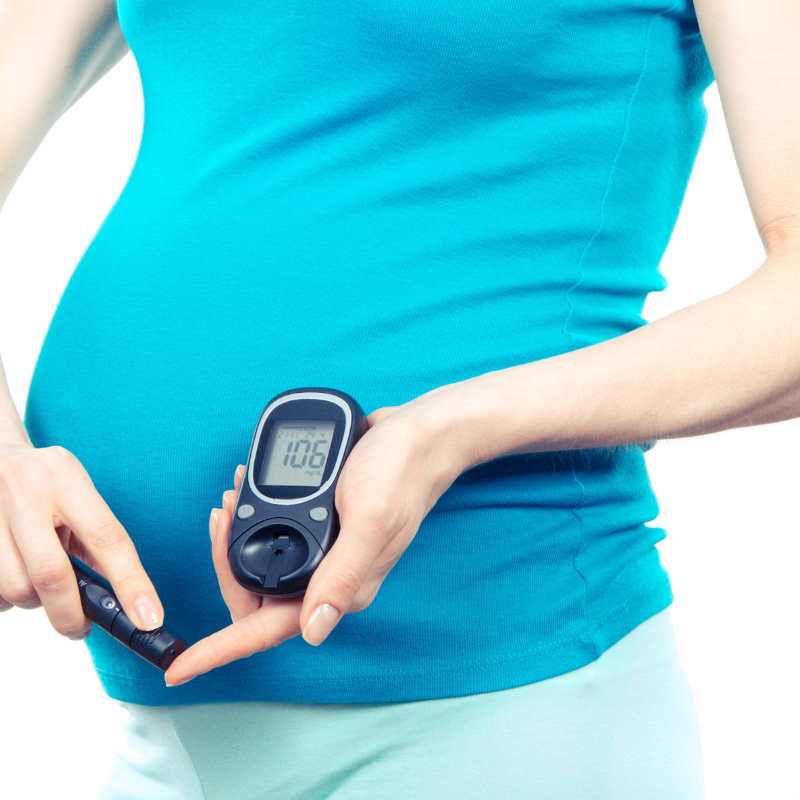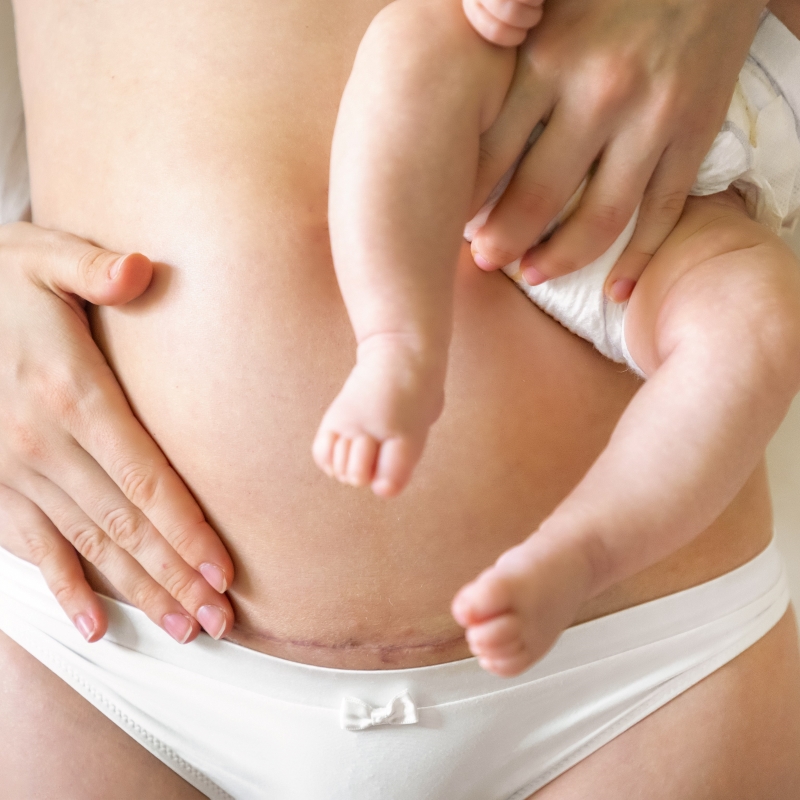We listen to our patients! And we can say with certainty that women feel the stress of the holidays more than men. Many of the activities that make the holidays special are carried out by the woman – gifts for loved ones, holiday cooking and celebrations, hosting guests and family in your home. Those responsibilities can lead to a sense of being overwhelmed, and even take a toll on your health. Here are three important but easy tips to keep in mind during your holiday celebrations: 1. Don’t abandon healthy habits. Don’t let the holidays become a free-for-all. Overindulgence adds to your stress and guilt. Have a healthy snack before parties so you don’t go overboard on sweets, cheese or drinks. Continue to get plenty of sleep and physical activity. 2. Take a breather. Make some time for yourself. Spending just 15 minutes alone, without distractions, may refresh you enough to handle everything you need to do. A short walk outside can do wonders. Look around at what you see to get “out of your head”. You will be amazed at what this simple action can do! 3. Be realistic. The holidays don’t have to be perfect or just like last year. As families change and grow, traditions and rituals often change as well. Choose to hold on to a few, and be open to creating new ones. For example, holiday dinners can be potlucks, with shared responsibilities; they don’t have to be an exercise in perfect decorations and menus. Dr. Litrel talks about a family holiday celebration that didn’t start off in quite the right way in this excerpt from his new book “Family – A MisMatch Made In Heaven: Surviving True Love, Children, and Other Blessings In Disguise“. Holiday Crackers My doctor partners and I take turns being on call for the holidays: one of us has to be ready to run to the hospital if needed. Last year, my turn fell on Thanksgiving, but with no patient emergencies, I found myself, to my surprise, sitting down to the big dinner with my friends and family. As I looked across the table at my loved ones and listened to their loud and animated conversation, I noticed they all seemed to be in various states of inebriation. I was not joining in the festivities of the fermented grape. No, I was on call and had responsibilities. After a while, I began to wish that the hospital would actually call me. Nothing is more annoying than being the only sober one at the dinner table. Particularly when you paid for all the wine. I sat at the table and thought about my unhappiness. The way I saw it, I had three choices… One, I could make sure I wasn’t on call the following year so I could join in the frivolity worry-free. Two, I could cultivate new friends and family relations, ones less inclined to intoxicate themselves at holiday meals. Or three, I could view this moment of unhappiness as a spiritual lesson and walk more strongly the path of Love, steadfastly refusing to experience unworthy, lesser emotions. It was a no-brainer; I decided just not to be on call again. Holidays are stressful, but particularly so for women. Women are more aware of the subtleties of celebration. They put effort into esthetic touches that would never dawn on a man. The intention, I believe, is to manifest beauty. But occasionally the result is marital conflict instead. Every Thanksgiving, Ann makes six dozen homemade crackers called Cheddar Crisps. They come in three flavors: cracked blacked pepper, caraway seed, and something called nigella seed. I never heard of nigella seed either; she orders it special online. After watchfully monitoring the baking time and removing these handmade creations from the oven to cool, Ann carefully sequesters them in a tin box to be doled out at the proper moment. She serves them with a small bowl of homemade butternut squash soup – right after we say grace, and before we sit down for the main meal. Every guest is given three crackers, one of each flavor. You feel yourself handling each one as though it’s Great Grandma’s favorite antique tea cup. As far as crackers go, the Cheddar Crisps are delicious. Unfortunately, I am more a Ritz cracker kind of guy, accustomed to shoveling large quantities of whatever I am eating into my mouth until I am full. So for me, this cracker moment represents holiday stress. How do I express genuine appreciation for the work my wife has put into this pre-Thanksgiving snack, without conveying my true thoughts? Stop wasting so much time already – they’re just crackers! So I channel Effete Cracker Connoisseur and solemnly critique the subtleties of each flavor – how the steam from the soup opens up the palate so one can fully appreciate the differences. The next year I finally got my wish. I was not on call, and there were no homemade crackers to be found! I noticed a few things that surprised me. Free to imbibe a glass of wine now that I wasn’t working, I found I did not want any, but chose instead sparkling water. I also noticed that my holiday guests were not the sodden idiots inclined to boorish conversation that I remembered from the year before. They were actually beautiful people I am blessed to have in my life. Perhaps the previous Thanksgiving I had been just a tad bit grumpy. But the thing that surprised me most was that I actually missed Ann’s homemade crackers. It’s not always easy for a man to appreciate the attention to detail an effortful woman brings into her family’s life. Sometimes what she does seems frivolous. And God knows, sometimes it’s expensive. But there is a reason for a woman’s efforts, and this I understand – as a father, as a husband of twenty-five years, and also as a physician who has listened to so many of his extra effortful patients over






